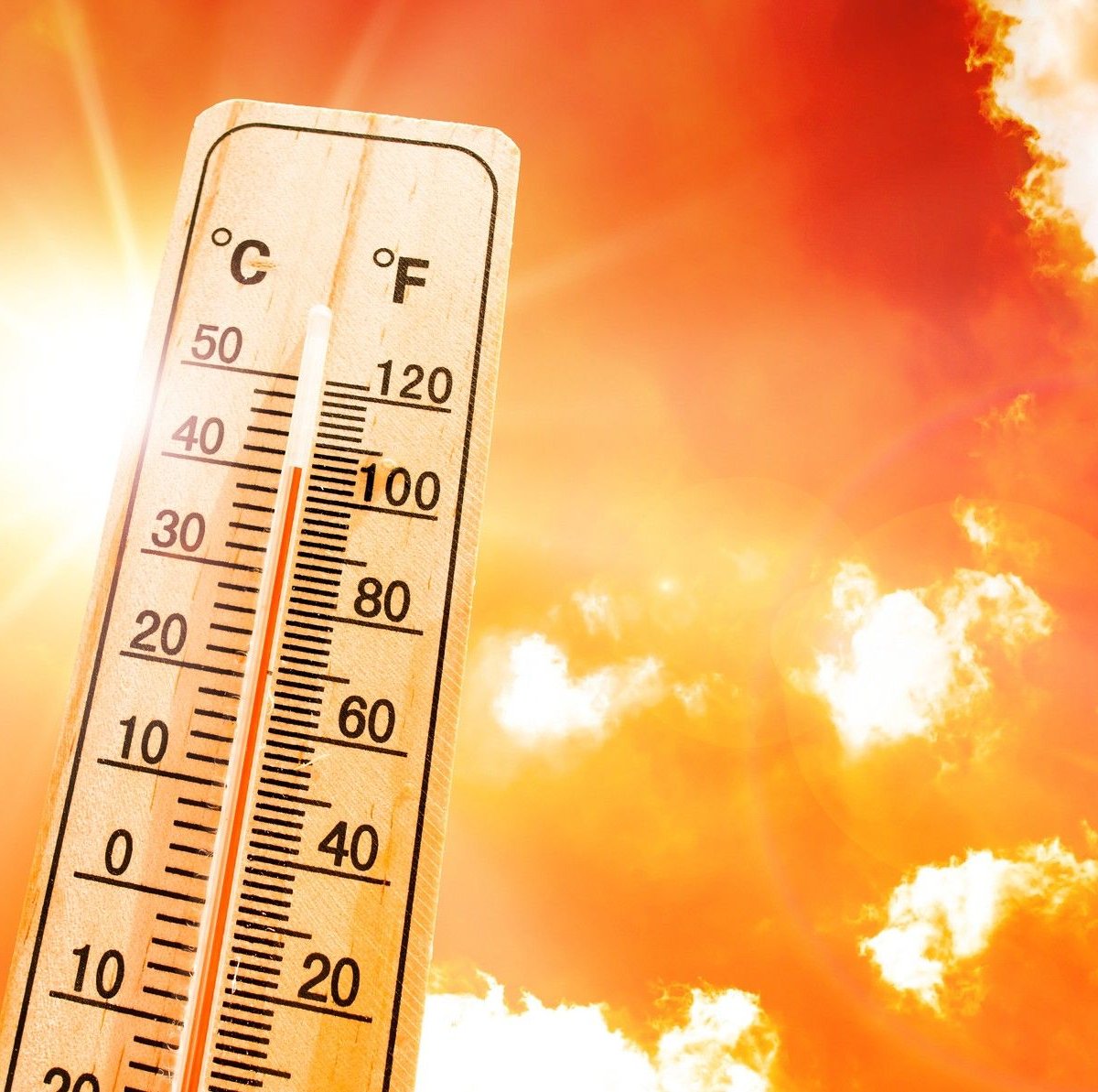Considering the planet’s average temperature, it’s not news to anyone that 2023 is the hottest year ever recorded on Earth, 1.18°C above the 20th century average, beating the previous record set in 2016. a considerable number.
Now, a new study published in the journal PNAS has brought alarming news: Extreme heat waves occurring in various parts of the world. These phenomena alone exceed the predictions of traditional global warming models and are creating devastating effects such as mass deaths, crop failure, and forest fires on many continents.
According to the research, some regions such as Central China, Japan, the Arabian Peninsula and Eastern Australia were particularly affected by these extreme weather events. Although not as effective, there are occurrences in northwestern Canada and islands in the High Arctic, northern Greenland, the far south of South America, and some areas in Siberia, Texas, and New Mexico.
Hot spots: a mysterious phenomenon
One of the most dramatic and consistent examples of heat waves occurred in northwestern Europe. In 2022 and 2023, these localized warming outbreaks caused approximately 60,000 and 47,000 deaths, respectively, in countries such as Germany, France, and the United Kingdom.
This phenomenon is described by the authors as “tail expansion”, which is a tail-like curve that extends to extreme values. This expansion of the upper tail indicates: Heat extremes (rare, more severe events) are becoming more common or more intense than expected.
The exact causes of heat waves are not yet fully understood, as not all regions of the planet experience this pattern. Hypotheses include changes in the atmospheric jet stream (fast winds from the upper atmosphere) caused by rapid warming of the Arctic and reductions in evaporation and retention of heat-stressed vegetation.
Future effects of heat waves

Even in riskier countries like the United States, the consequences of heat waves are already devastating. Today, extreme heat already kills more people in the United States than tornadoes, tornadoes, floods and wildfires combined.
Researchers warn that the big risk is: humans may not be ready to quickly adapt to these extreme climate impacts. For example, the lack of air conditioning systems in traditionally colder regions can make residents incredibly vulnerable.
To avoid leaving populations at the mercy of this new reality, the authors recommend classifying heat waves similarly to hurricanes. The measure aims to raise awareness among the public about the high risks involved and encourage government preparedness and mitigation actions, rather than the practice of announcing studies only after the deaths of thousands of people.
Follow the latest studies on the climate crisis on planet Earth at TecMundo, get the opportunity to share the article on your social networks. Until later!
Source: Tec Mundo
I’m Blaine Morgan, an experienced journalist and writer with over 8 years of experience in the tech industry. My expertise lies in writing about technology news and trends, covering everything from cutting-edge gadgets to emerging software developments. I’ve written for several leading publications including Gadget Onus where I am an author.












